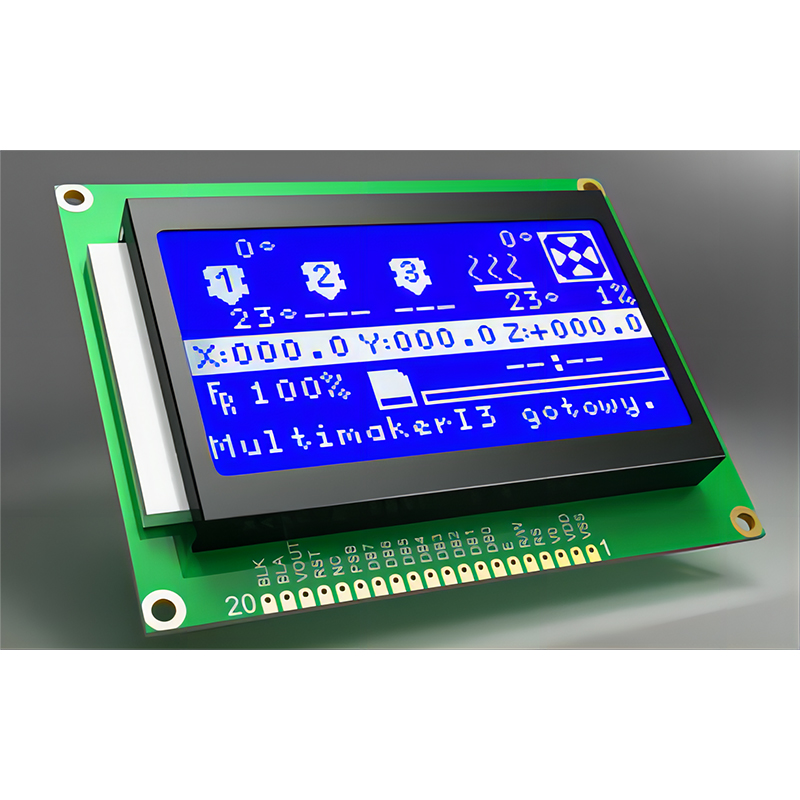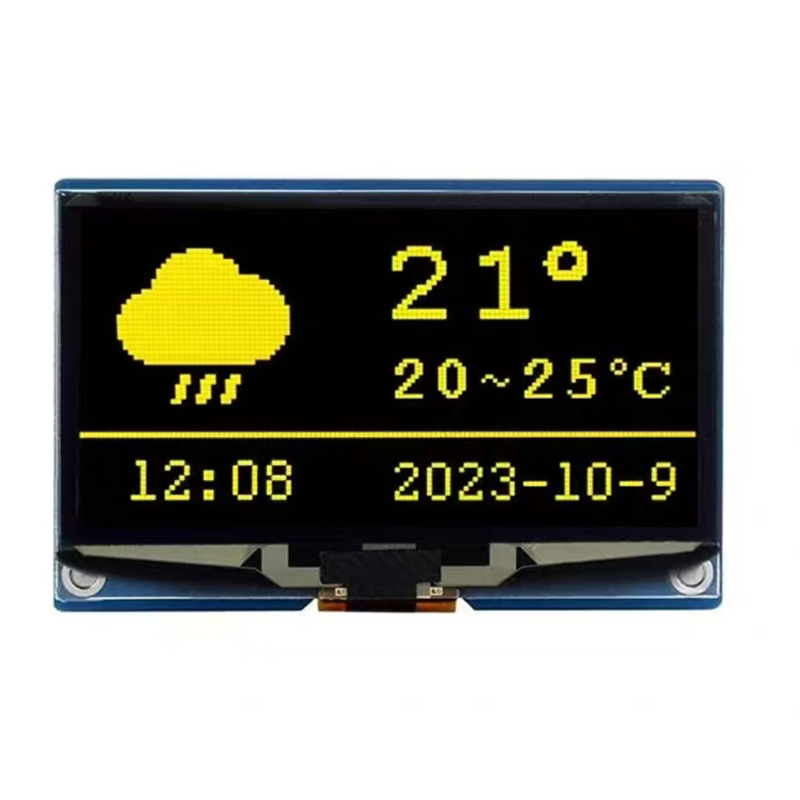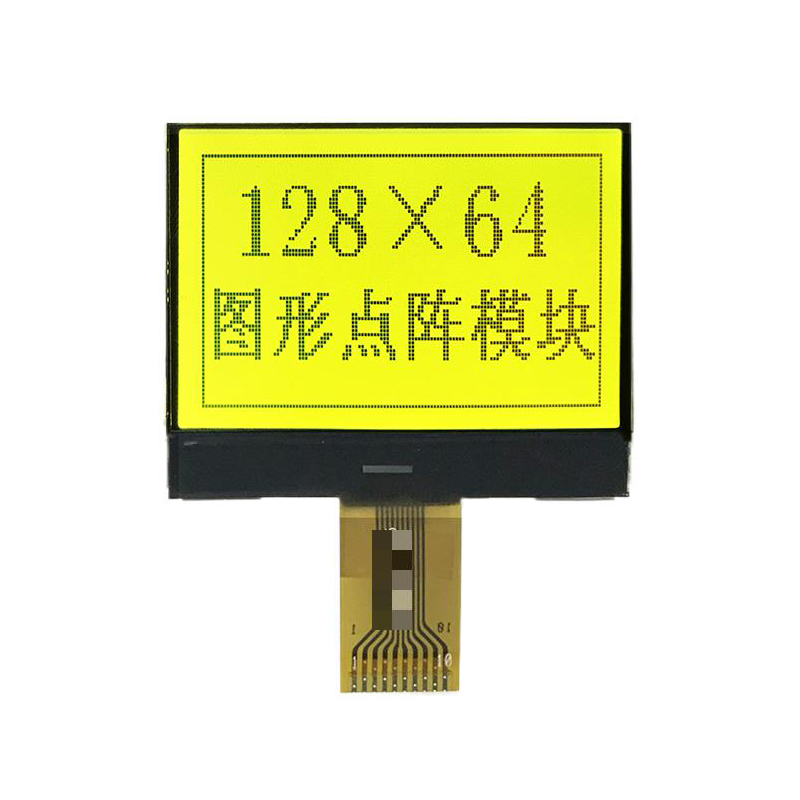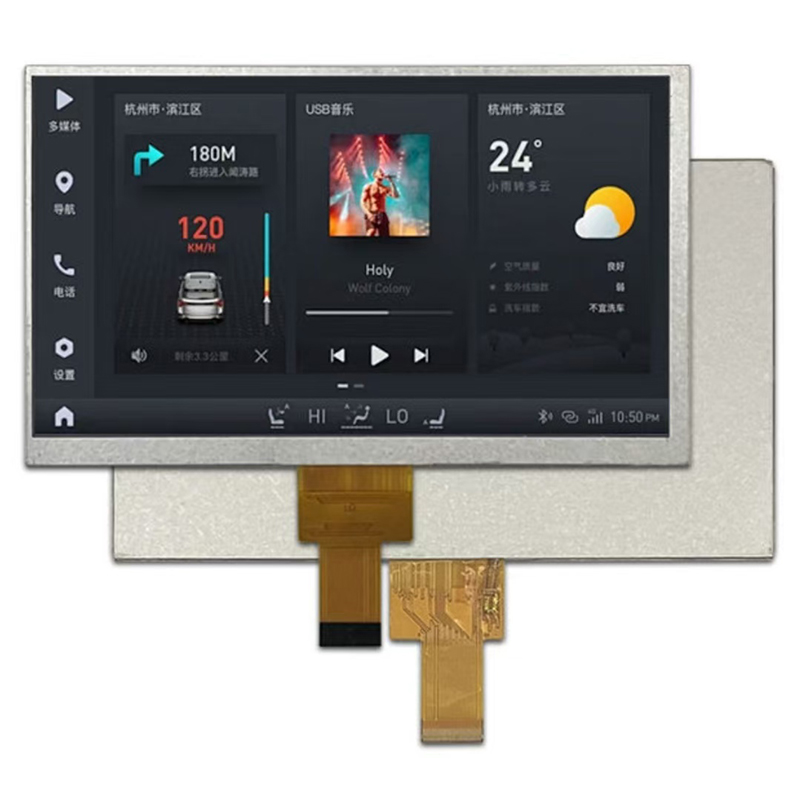
Wearable OLED: A Deep Dive into Technology and ApplicationsWearable OLED displays are revolutionizing the way we interact with technology. This article explores the technology behind Wearable OLED, its applications, advantages, and disadvantages, providing a comprehensive overview for those seeking to understand this exciting field.
Wearable OLED (Organic Light-Emitting Diode) displays are a type of display technology that utilizes organic compounds to emit light when an electric current is passed through them. Unlike LCDs, which require a backlight, OLEDs produce their own light, resulting in superior contrast ratios, deeper blacks, and wider viewing angles. This makes them particularly well-suited for wearable devices where screen real estate is limited and visual clarity is crucial. The flexibility and thinness of OLED panels also allow for innovative form factors, opening doors for curved displays and even flexible, rollable screens in future Wearable OLED applications.
The advantages of using Wearable OLED in devices are numerous:
Despite its advantages, Wearable OLED technology still faces some challenges:
Wearable OLED technology finds applications across a diverse range of wearable devices:
Smartwatches and fitness trackers are prime examples of Wearable OLED applications. The vibrant colors and sharp images provided by OLED enhance the user experience, making data easily readable and visually appealing. The energy efficiency of OLED is also crucial for maximizing battery life in these devices.
Wearable OLED displays are ideal for smart glasses and HMDs due to their compact size, high resolution, and excellent contrast ratio. They provide a crisp and clear image, making them suitable for augmented reality (AR) and virtual reality (VR) applications.
The flexibility of OLED technology enables the creation of innovative wearable devices with flexible and foldable displays. This opens up new possibilities for design and user interaction.
The future of Wearable OLED looks bright, with ongoing research and development focused on improving efficiency, lifespan, and affordability. We can expect to see even more innovative applications of this technology in the years to come, including advancements in micro-LED and improved burn-in resistance.
Wearable OLED displays are a key driver of innovation in the wearable technology sector. Their superior image quality, energy efficiency, and flexibility make them a compelling choice for a wide range of applications. While challenges remain, ongoing advancements promise to further enhance the capabilities and accessibility of this transformative technology. For high-quality display solutions, consider exploring the capabilities of Dalian Eastern Display Co., Ltd., a leading provider in the display industry.












